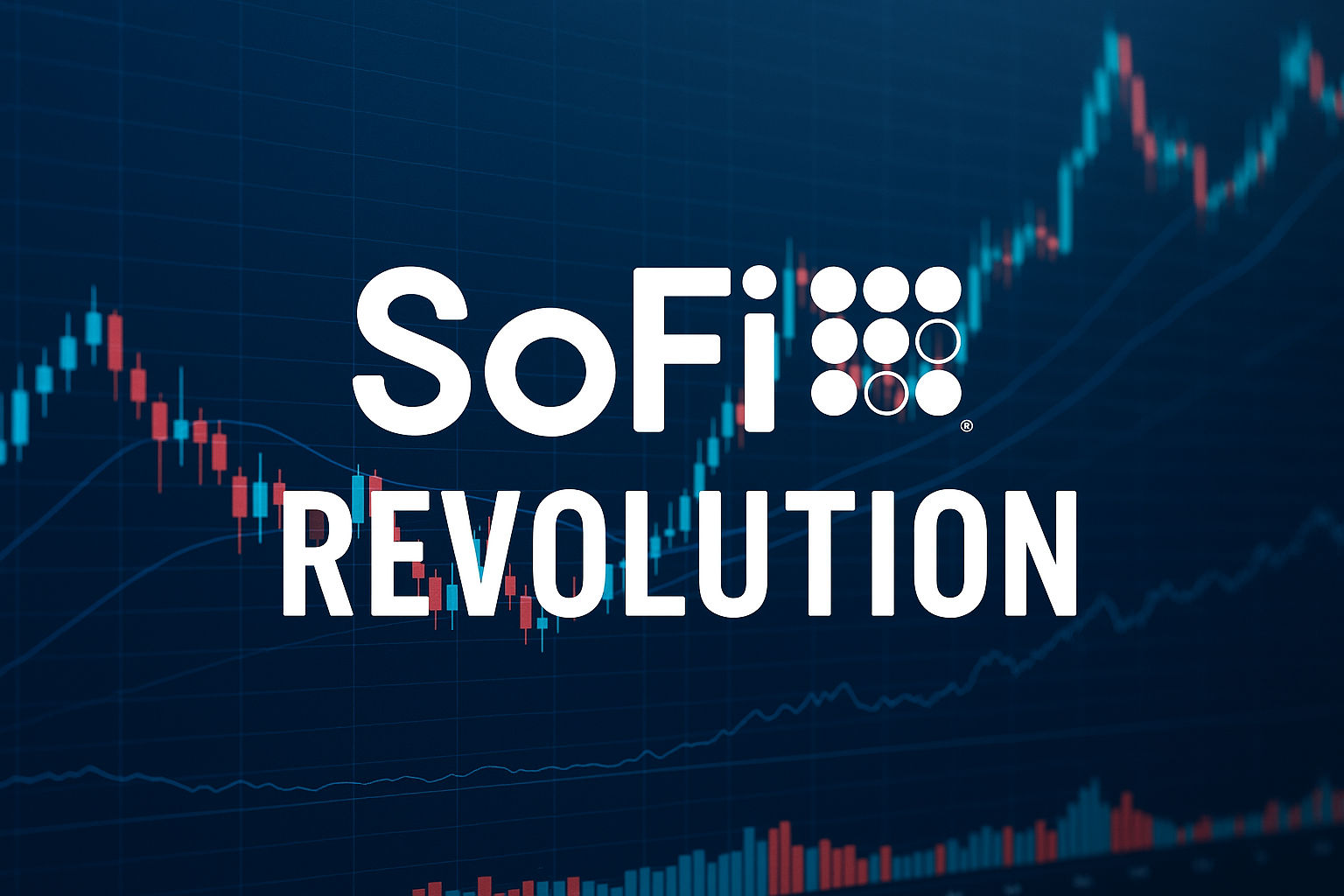
In the rapidly evolving world of fintech, few companies have captured the public’s attention and Wall Street’s imagination quite like SoFi Technologies, Inc. Founded in 2011, SoFi began as a disruptor in student loan refinancing but has since transformed into a diversified financial services provider that aspires to be a one-stop shop for the modern consumer’s financial needs. The story of SoFi is not just a case study in digital transformation but also a reflection of how technology, changing consumer habits, and regulatory shifts are reshaping the financial landscape in the United States.
Early Days: Reimagining Student Lending
The seeds of SoFi were planted at the Stanford Graduate School of Business, where its co-founders—Mike Cagney, Dan Macklin, James Finnigan, and Ian Brady—recognized an opportunity in the burdensome and inefficient student loan system. Traditional lenders were saddling graduates with high-interest rates, while many creditworthy borrowers were stuck with limited refinancing options.
SoFi’s initial innovation was “social financing”—a peer-to-peer model that pooled alumni investments to refinance student loans for graduates from their own alma mater. This model not only connected alumni with current students and recent grads but also fostered a sense of community and responsibility. The first pilot, at Stanford, was an immediate success and led to rapid expansion across top universities.
Scaling Up and Broadening the Mission
As SoFi’s popularity grew, the company evolved from its alumni-funded beginnings to a more scalable institutional capital model. This shift allowed for faster growth and helped SoFi become a leading name in student loan refinancing by the mid-2010s. Recognizing the limitations of focusing on a single product, the company soon broadened its vision.
SoFi’s leadership saw a generational shift in how Millennials and Gen Z approached banking, investing, and borrowing. These consumers wanted seamless, digital-first experiences—something legacy banks were struggling to deliver. SoFi seized this opportunity, expanding into personal loans, home mortgages, and investing. By leveraging technology and data, SoFi was able to offer competitive rates, streamlined applications, and a more engaging user experience.
Becoming a Modern Financial Super App
The launch of SoFi Invest marked another inflection point. No longer just a lender, SoFi entered the world of brokerage services, allowing users to buy and sell stocks, ETFs, and cryptocurrencies. This move was complemented by SoFi Money, a hybrid checking and savings product designed for fee-free banking with high-interest yields.
As its product suite expanded, so did SoFi’s user base. The company’s signature “member benefits”—ranging from career coaching and networking events to financial education—helped drive loyalty in an industry often marked by transactional relationships.
The Public Market Leap and Strategic Acquisitions
The fintech boom of 2020-2021 provided a favorable environment for SoFi to go public. In June 2021, SoFi merged with a special purpose acquisition company (SPAC) led by venture investor Chamath Palihapitiya, officially listing as (NASDAQ:SOFI). The public debut gave SoFi both a significant cash infusion and a new level of visibility, helping it accelerate its product roadmap and marketing.
SoFi’s ambitions went beyond product innovation. In 2022, the company completed the acquisition of Golden Pacific Bancorp, a small California-based community bank. This move was pivotal: it allowed SoFi to obtain a national bank charter, offering greater control over its own deposits and lending, and giving it a powerful new engine for growth.
Navigating the Challenges of Scale
While SoFi’s growth story is impressive, it has not been without challenges. The company has faced increased competition from both fintech upstarts and entrenched banking giants who are rapidly digitizing their services. Economic volatility, interest rate swings, and regulatory scrutiny—especially regarding student loan policies—have all impacted SoFi’s operations and outlook.
Yet, the company has consistently demonstrated agility. SoFi has diversified its revenue streams, scaled its technology infrastructure, and grown its membership to millions of users. By forging partnerships and rolling out new offerings—such as credit cards, insurance, and business lending—SoFi aims to deepen its engagement with each customer throughout their financial journey.
SoFi in 2025: The Vision Realized?
As of 2025, SoFi has positioned itself as a digitally native financial institution that rivals some of the most established names in banking. The company’s “Financial Super App” ambitions remain central to its strategy, with a focus on integrating all aspects of a user’s financial life into one seamless platform.
Innovations in artificial intelligence, real-time payments, and embedded finance continue to shape SoFi’s development. The company is also expanding its footprint through partnerships, brand campaigns, and possibly international ventures. SoFi’s ability to balance innovation with sound risk management will likely determine its staying power in the increasingly crowded fintech landscape.
Conclusion
The history of SoFi is a story of ambition, innovation, and adaptation. What started as a student loan refinancing experiment has evolved into a multi-product financial technology platform with aspirations to challenge the very foundations of consumer banking. While the future is never guaranteed, SoFi’s journey so far suggests that technology-driven financial services are here to stay—and the competition for the next generation of banking customers is only just beginning.
Disclaimer: This article is for informational purposes only and does not constitute investment advice. Please conduct your own research or consult with a financial advisor before making investment decisions.
